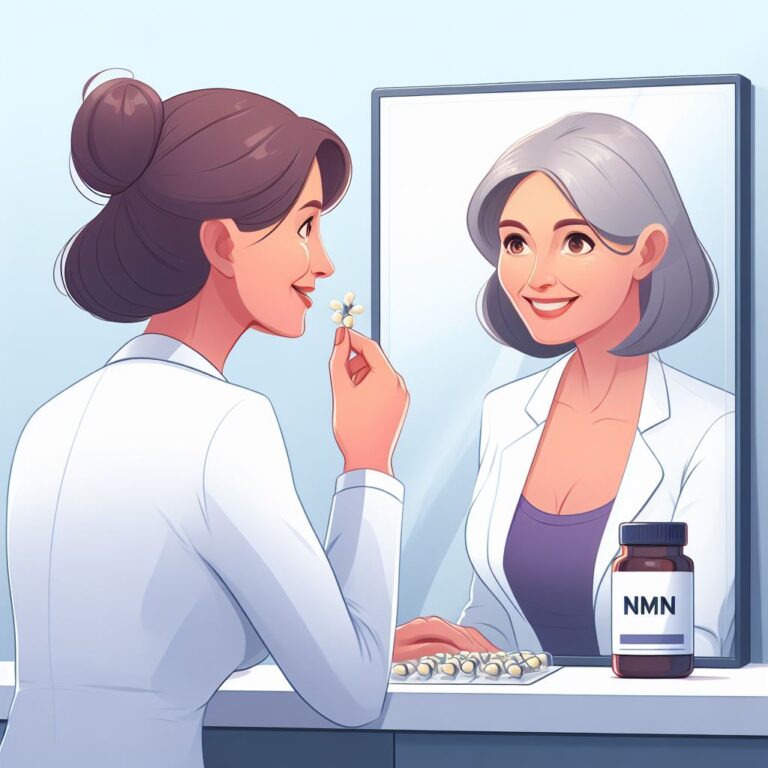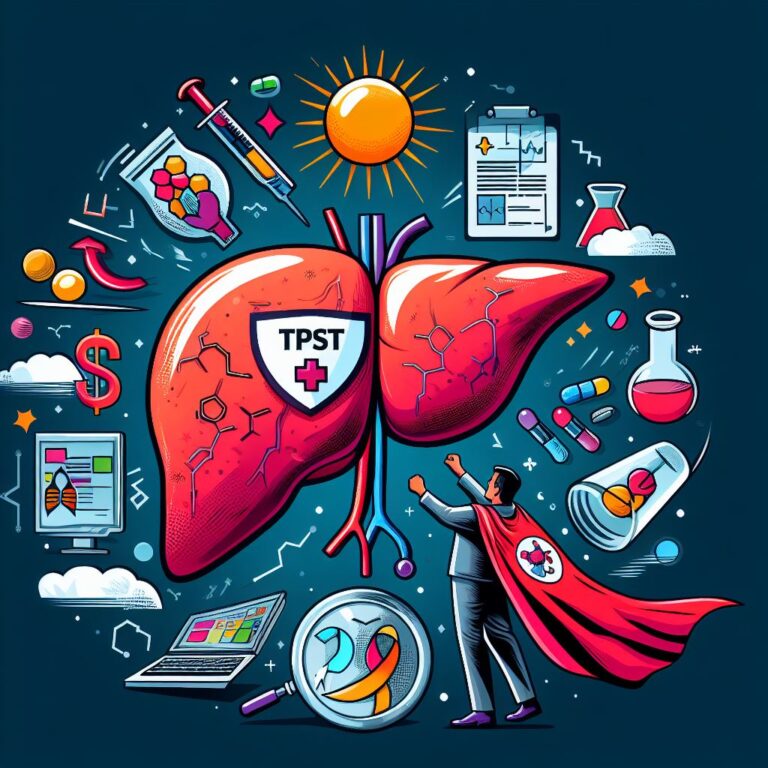
Got endometriosis? Then you know this rude disorder causes terrible pain and messes with fertility. But what gives endometriosis its power? The main suspect is estrogen, acting through its sidekick “receptors” (more on that later). In this article, we’ll chat about the latest on how estrogen may fuel endometriosis.
Key Players
- Endometriosis: Tissue similar to the uterus lining growing where it shouldn’t outside the uterus. Causes pain, heavy periods, and trouble getting pregnant.
- Estrogen receptors: Proteins that act like locks. Estrogen is the key that opens them and tells cells to grow. There are two main ones – ERα and ERβ.
The Bottom Line:
Both estrogen receptors seem to promote endometriosis, but more info is needed on their specific roles. Blocking them looks hopeful for potential treatments.
One Wild Stat: 1 in 10 women have to deal with endometriosis.
Our Take: Targeting estrogen receptors seems promising, but more research on ERα vs ERβ in humans is required.
What Research Shows
- Estrogen receptor alpha (ERα) and estrogen receptor beta (ERβ) are both needed for endometriosis tissue to grow in mice.
- Levels of ERβ are much higher in endometriosis cells vs normal.
- ERα may play a bigger role in early lesions.
- ERβ likely increases inflammation and cell survival in existing lesions.
- Blocking estrogen receptors reduces lesions in mice, but human data is limited.
The Estrogen Synthesis Pathway
Estrogen (specifically estradiol) is the end product of the synthesis pathway.
To summarize:
- The pathway starts with cholesterol as the initial compound
- Cholesterol goes through a series of enzyme-mediated conversions
- The final conversion is testosterone being converted to estradiol by the enzyme aromatase
So estradiol is the last step – it does not get produced until the very end of the pathway.

The Play-by-Play
Endometriosis cells start making way more estrogen than normal, like a factory working overtime. This flood of estrogen causes confusing signals through the receptors. ERβ levels shoot up, kicking off processes that allow lesions to grow and get inflamed.
Shutting off this estrogen waterfall by blocking receptors may help get things under control. But the different receptors have overlapping roles, so more research is essential.
Game Plan
Based on these findings, potential future research could explore directly comparing ERα and ERβ modulation in human endometriotic tissues.

For researchers: Figure out if shutting down ERα, ERβ or both works best in humans.
For doctors: Consider estrogen blockers if other treatments fail.
Science Details
Study Type: Literature review
Research: Chantalat et al., 2020. Estrogen Receptors and Endometriosis. International Journal of Molecular Sciences.
If you have endometriosis, we want to hear from you! Please share your experiences and any questions you have about the latest research in the comments. Together we can support each other and accelerate answers.
Frequently Asked Questions
Q: How might targeting estrogen receptors help treat endometriosis?
A: Blocking estrogen receptors, especially ERβ, may stop the abnormal cell inflammation and survival that allows lesions to form and persist. This could potentially ease symptoms and improve fertility without the downsides of estrogen-lowering therapies.
Q: Could the abnormal estrogen receptor levels be an effect, not the cause, of endometriosis?
A: That’s an excellent question. The human studies so far are observational, so we can’t confirm if the ER changes cause endometriosis or result from it. More research is needed to unravel the complex interplay between estrogen signaling and endometriosis development.
Q: What side effects could estrogen receptor-targeted treatments have?
A: Since estrogen is involved in many normal bodily processes, blocking its receptors could negatively impact fertility, bone density, cholesterol levels, and cardiovascular health if used long-term. Careful monitoring and short treatment courses are likely needed.
Q: How exactly do the estrogen receptors promote inflammation and cell survival?
A: Estrogen receptor beta may activate inflammatory factors like NF-kB and block cell death signals like TNF alpha. This tips the balance towards lesions surviving and growing. More research is still needed to fully understand the complex molecular mechanisms involved.







